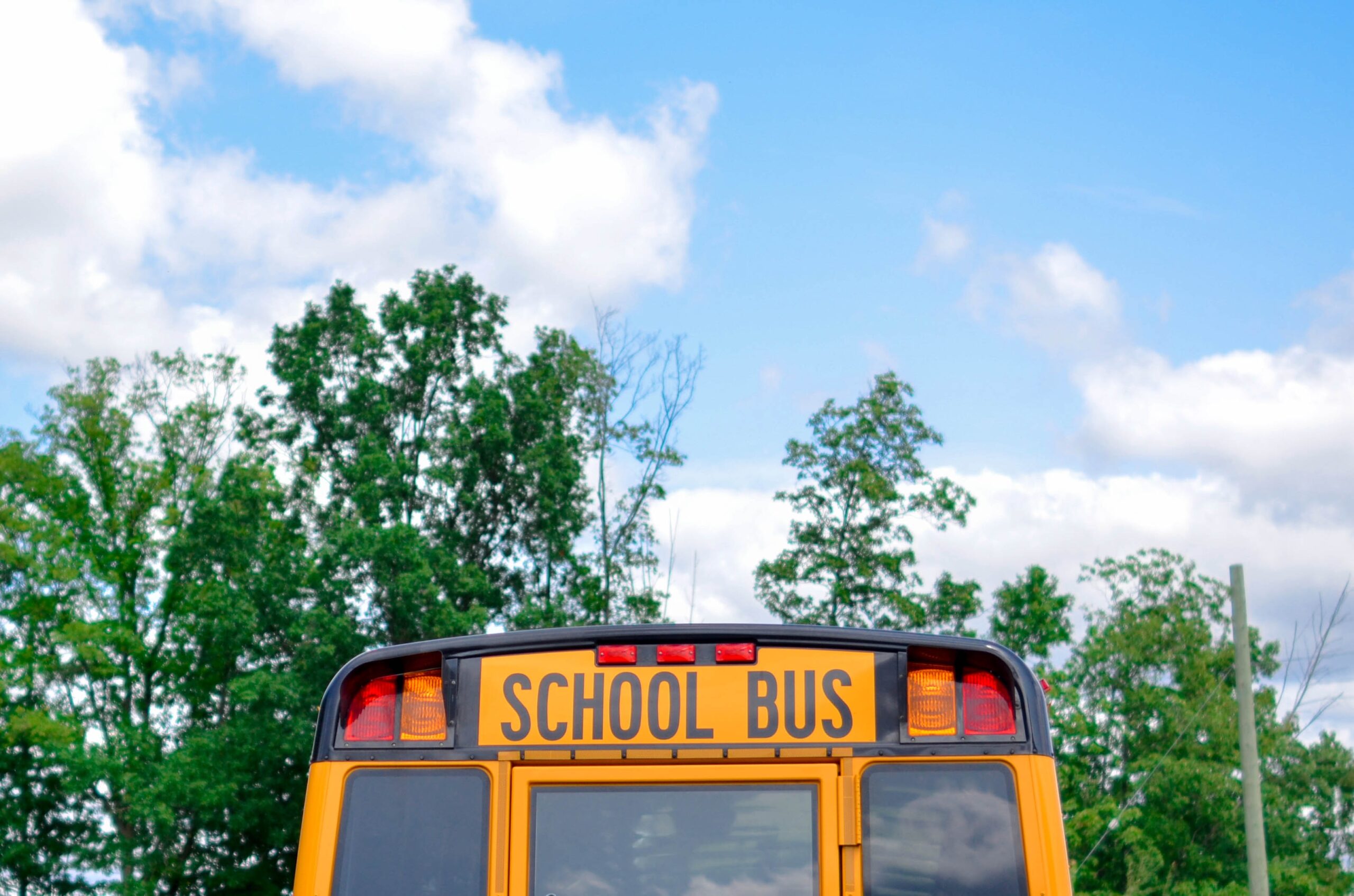
IEPs, Classrooms, and Schools
There are many lists and suggestions for sensory-inclusive education for autistic students. Gaining a sense of your student’s unique sensory profile – what causes distress or helps them stay regulated – is important. They may be impacted differently at school than at home. How can a caregiver ensure their child’s or teen’s sensory needs are met at school?

Our amazing team is always hard at work
In the Classroom
The instance when an autistic student is most likely to need an accommodation for sensory-inclusive education may be when they are least able to request it due to overwhelm. Natural opportunities for regulation can be built into the school day. For instance, having a student be a designated equipment carrier after gym is an opportunity for heavy work. A student who dreads the commotion of breaking into small groups may be given the chance to walk a note to the office instead. Encourage the team to get creative.
Sensory breaks are not rewards and should never need to be earned. A student’s accommodations are necessary for them to stay regulated and ready to learn. Consequently, taking away accommodations as punishment may set off a behavioral spiral and increase a student’s anxiety.
Normalize that we all have sensory needs – things we seek out or avoid to stay comfortable. Non-autistic students also benefit from permission to move as they need, stand, stretch, or draw at their desks while attending a lesson.

